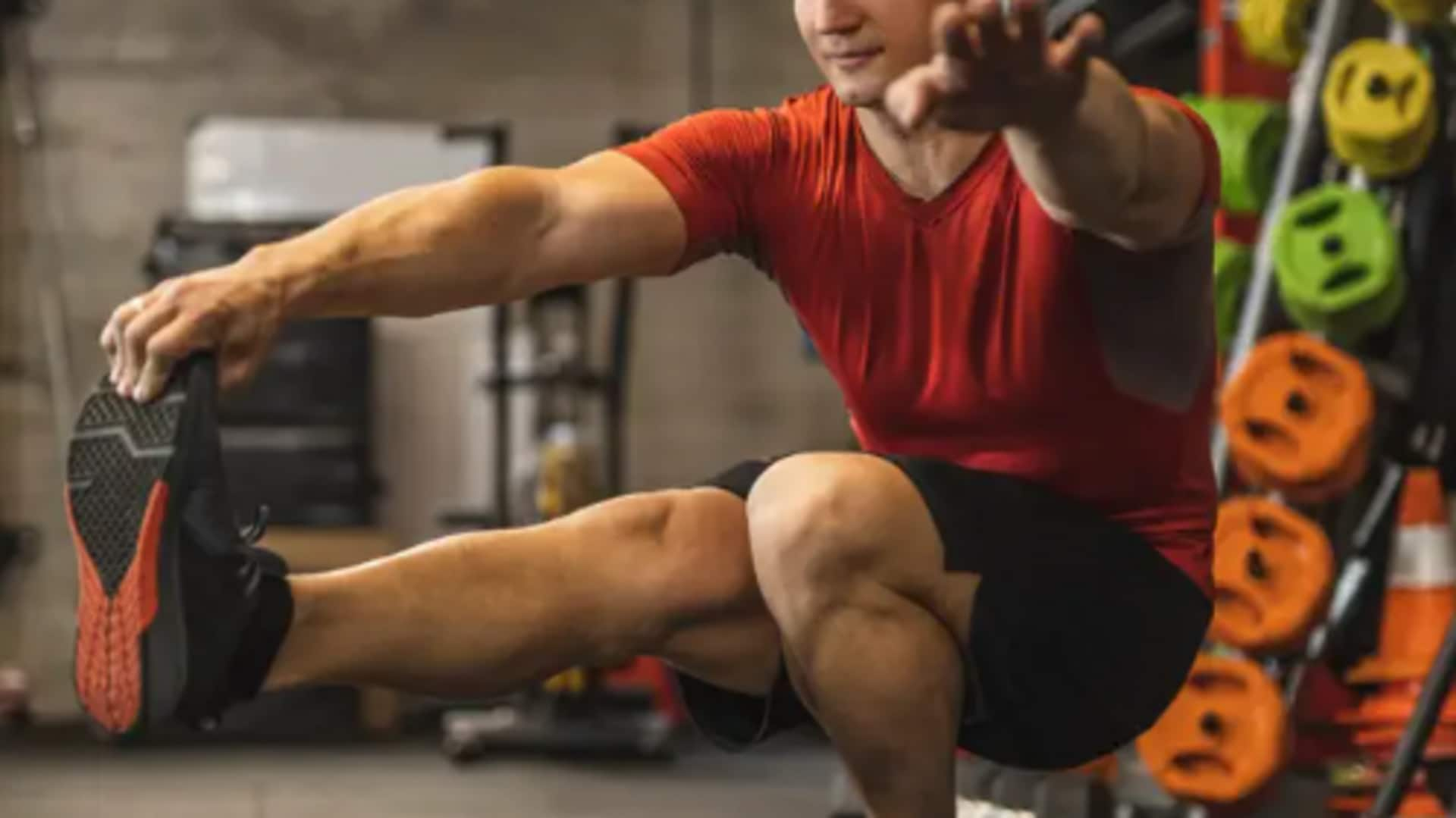
A beginner's guide to mastering single-leg squats
What's the story
Single-leg squats are a killer exercise for improving dynamic stability. They work on multiple muscle groups, improve balance, and increase core strength. By concentrating on one leg at a time, you can learn and fix your body's imbalances. This exercise is particularly useful for athletes and fitness freaks wanting to up their game and stay injury-free. Knowing the mechanics of single-leg squats can help you include them in your routine effectively.
Tip 1
Proper form is key
Maintaining proper form during single-leg squats is important to avoid injury and maximize benefits. Start by standing on one leg with the other leg slightly bent behind you. Keep your back straight, chest up and core engaged as you lower yourself slowly by bending the knee of the supporting leg. Ensure that your knee doesn't extend beyond your toes to maintain balance and protect your joints.
Tip 2
Gradual progression for best results
If you're new to single-leg squats, start with basic variations. Use a chair or wall for support until you're confident enough to balance on one leg. As your strength improves, gradually progress to more challenging versions like pistol squats or adding weights for increased resistance. Consistent practice will lead to better stability and muscle development over time.
Tip 3
Focus on breathing techniques
Breathing is essential to keep things stable during single-leg squats. Start off by inhaling deeply before you go to squat. As you lower your body slowly, exhale in a controlled manner. This way not only does the core remain engaged, but you also have a steady supply of oxygen going to the muscles working hard in this exercise. It improves both performance and stability in the entire movement.
Tip 4
Incorporate balance drills regularly
Incorporating balance drills into your routine enhances single-leg squat performance by improving proprioception and coordination. These exercises demand regular practice, leading to better fitness levels. Starting any new physical activity requires adherence to safety standards, ensuring optimal outcomes for one's health journey. Practice consistently for success and overall well-being.